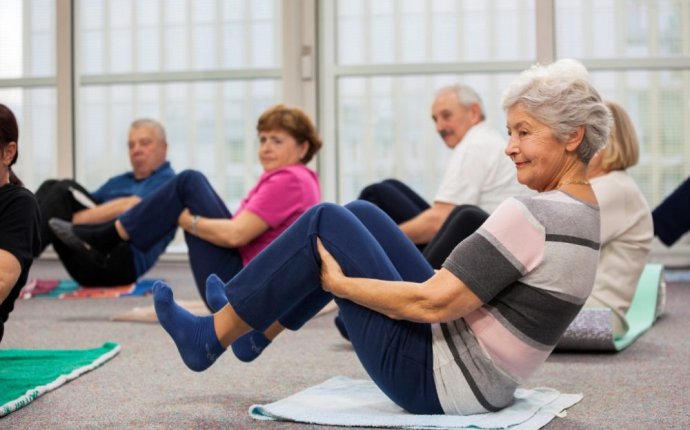
Best weight bearing exercises to prevent osteoporosis
One of the best ways to strengthen your bones and prevent osteoporosis is by getting regular exercise. Even if you already have osteoporosis, exercising can help maintain the bone mass you have.
The Reason for Exercise for Osteoporosis
Why do health experts recommend exercise for osteoporosis? When you exercise, you don't just build muscle and endurance. You also build and maintain the amount and thickness of your bones. You may hear health professionals call this “bone mass and density.”
- Resistance
- Flexibility
All three types of exercise for osteoporosis are needed to build healthy bones.
Weight-bearing Exercise for Osteoporosis
Weight-bearing means your feet and legs support your body’s weight. A few examples of weight-bearing exercise for osteoporosis are:
- Walking
- Hiking
- Dancing
- Stair climbing
Sports like bicycling and swimming are great for your heart and lungs. However, these are not weight-bearing exercise for osteoporosis. That’s because you are being held up by something other than your feet and legs, such as the bicycle or the water.
Walking as little as three to five miles a week can help build your bone health. For general health, most experts recommend that everyone get at least half an hour of moderate to vigorous exercise five times a week. Forty-five minutes to an hour is even better.
Resistance Exercise for Osteoporosis
Resistance means you’re working against the weight of another object.Resistance helps with osteoporosis because it strengthens muscle and builds bone. Studies have shown that resistance exercise increases bone density and reduces the risk of fractures.
Resistance exercise for osteoporosis includes:
- Free weights or weight machines at home or in the gym
- Resistance tubing that comes in a variety of strengths
- Water exercises - any movement done in the water makes your muscles work harder.
You can find instructions for safe exercises online. Once source is the CDC ). Another source is the National Institute on Aging.
For best results, do resistance exercises two or three times a week. Make the exercise more challenging by gradually adding weight or repetitions. Work all your different muscles - including arms, chest, shoulders, legs, stomach, and back. Be sure not to do resistance training on the same muscle group two days in a row. Give each muscle group time to recover.
Flexibility Exercise for Osteoporosis
Flexibility is another important form of exercise for osteoporosis. Having flexible joints helps prevent injury.
Examples of flexibility exercise for osteoporosis include these:
- Regular stretches
- T'ai chi
Making Exercise for Osteoporosis Safe
To ensure your safety during exercise for osteoporosis, keep these guidelines in mind:
- Talk to your doctor before beginning any exercise program. This is especially important if you know you have bone loss or osteoporosis.
- Weight-bearing exercise does not have to be high impact. Running, jogging and jumping may put stress on your spine. These high-impact activities may lead to fractures in weakened bones. If you already have bone loss, choose gentler weight-bearing exercise like walking, dancing, low-impact aerobics, and gardening.
- If you already have osteoporosis, be careful of exercises that involve bending and twisting at the waist. This motion can put you at risk of fracture. Exercises that involve waist twisting include sit-ups, toe touches, and rowing machines. Golf, tennis, bowling, and some yoga poses also include some twisting at the waist. Talk to your doctor before choosing any of these activities.
Sources
SOURCES: National Osteoporosis Foundation: "Facts on Osteoporosis." The Mayo Clinic: "Exercising with Osteoporosis: Stay Active the Safe Way." National Osteoporosis Foundation: "Osteoporosis Prevention: Exercise for Healthy Bones." WebMD.com: "Low-Cost Ways to Protect Your Bones."CDC: " Growing Stronger: Strength Training for Older Adults." National Institute on Aging: "Strength Exercises: A Guide." Engelke, K. Osteoporosis International, January 2006; vol 17(1): pp 133-42.
Legal Disclaimer: This tool is for general information purposes only and does not address individual circumstances. It may not be right for you and should not be relied upon in making decisions about you health. Always consult your doctor for medical advice.








